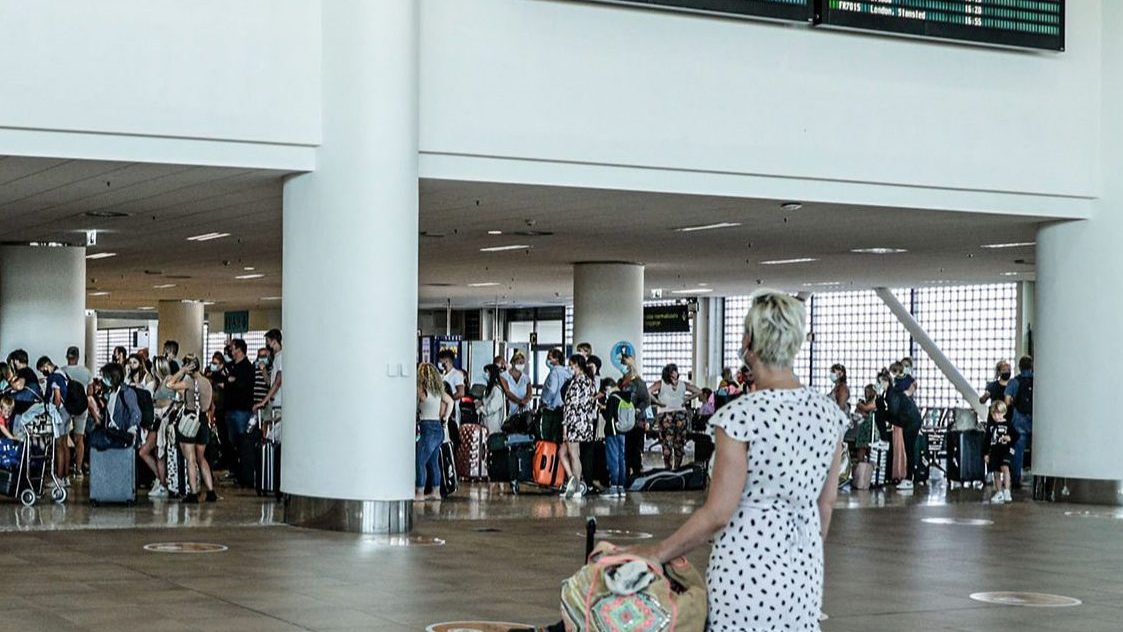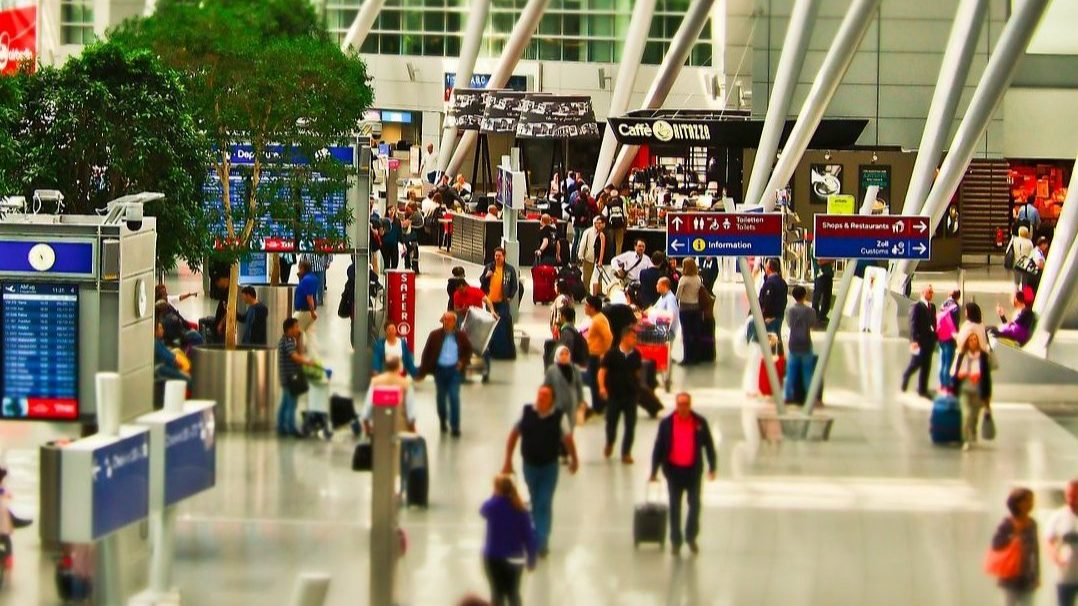Minister presses ANA to speed up key investments at Lisbon airport
"Many of TAP's operational constraints and famous delays are due, above all, to difficulties and constraints at Lisbon airport," said the minister of infrastructure.
Portugal’s minister of infrastructure, João Galamba, declared on Tuesday that it is time for ANA – Aeroportos de Portugal, which manages the country’s commercial airports, “to make the investments” necessary at its facility in Lisbon, given that problems relating to airspace congestion are being resolved.
“This investment [in a new air traffic control system] together with processes that we are dealing with the air force, in order to decongest and free up airspace in the Lisbon area, allow the operation to be improved and also allow conditions to be created for ANA to comply with its concession contract and to execute, as soon as possible, the specific investment obligations that are in annex nine and also the generic obligations of its concession contract, in which basically ANA is obliged to make the necessary investments to keep up with demand,” Galamba told reporters on the sidelines of the inauguration ceremony for the Topsky air traffic management system and the air traffic control operations room, at the Lisbon Air Traffic Control Centre of NAV Portugal – the public enterprise that assures air traffic control, flight information services and alerts.
“Many times, ANA said it would not make the investments [at Lisbon airport] without solving these problems,” the minister said. “We are solving the problems; it is time for ANA to make the investments.”
Galamba explained that “air space issues” and also “small improvements in physical space” were being discussed with the air force.
He stressed that Lisbon’s Humberto Delgado Airport “will continue to be, for the foreseeable future, the only” airport serving the capital and, for that reason, “it is obviously important to improve operations as much as possible” – in terms not so much of increasing capacity, but of reducing delays.
“Many of TAP’s operational constraints and famous delays are due, above all, to difficulties and constraints at Lisbon airport,” he recalled.
The Topsky project, which involves six other countries and is coordinated by Eurocontrol, the European Union air traffic entity, was presented by NAV in 2019 and foresees an investment of €103.8 million, of which €5.56 million is for works and total rehabilitation of the control room with the aim of replacing the old LISTAM system in use since 2001.
The CEO of NAV Portugal, Pedro Ângelo, in his speech during the ceremony, hailed this as a “huge technological leap” and said that new projects are already being prepared, such as new control towers at Cascais, in Madeira and in Lisbon, “all to be equipped with the new Topsky Tower system, currently under development.”
The CEO of ANA, Thierry Ligonnière, said on 9 December that he believed that work at Lisbon airport to boost its efficiency, at a cost of €200 million to €300 million, could go ahead at the end of 2023.
He made the comment during the 47th National Congress of the Portuguese Association of Travel Agencies and Tourism (APAVT), held in Ponta Delgada, Sao Miguel, in the Azores.
“The project of this first phase of the expansion of Lisbon airport – which is not a capacity expansion, because that implies environmental licensing – … puts on the table the feasibility of increasing capacity at Lisbon airport,” he said, explaining that it included “the creation of a new apron with the possibility of bringing aircraft into contact with the infrastructure.
“It also allows Terminal 1 to be expanded to the south with more than ten boarding gates so that we can thus have boarding and disembarkation via telescopic bridges,” he added. “This is a major leap forward at Lisbon airport.”


